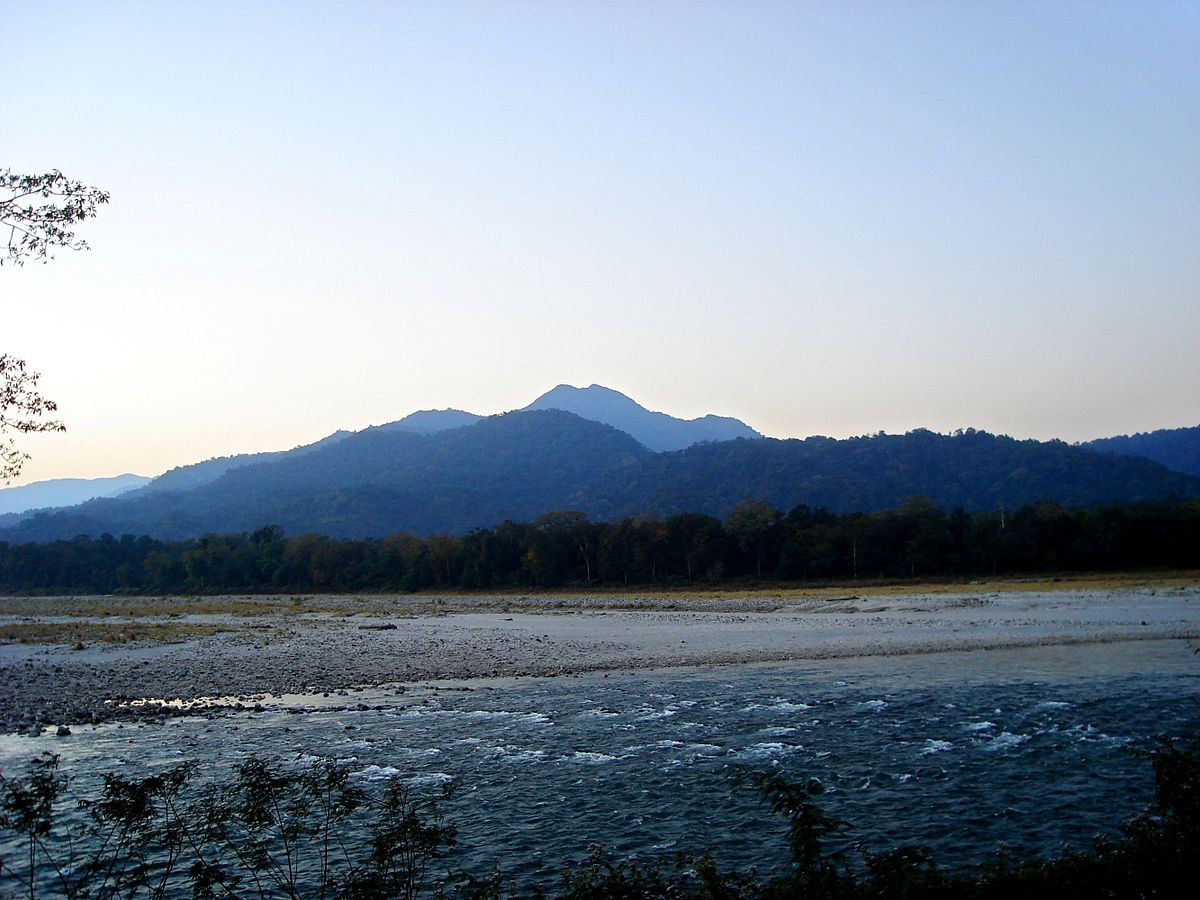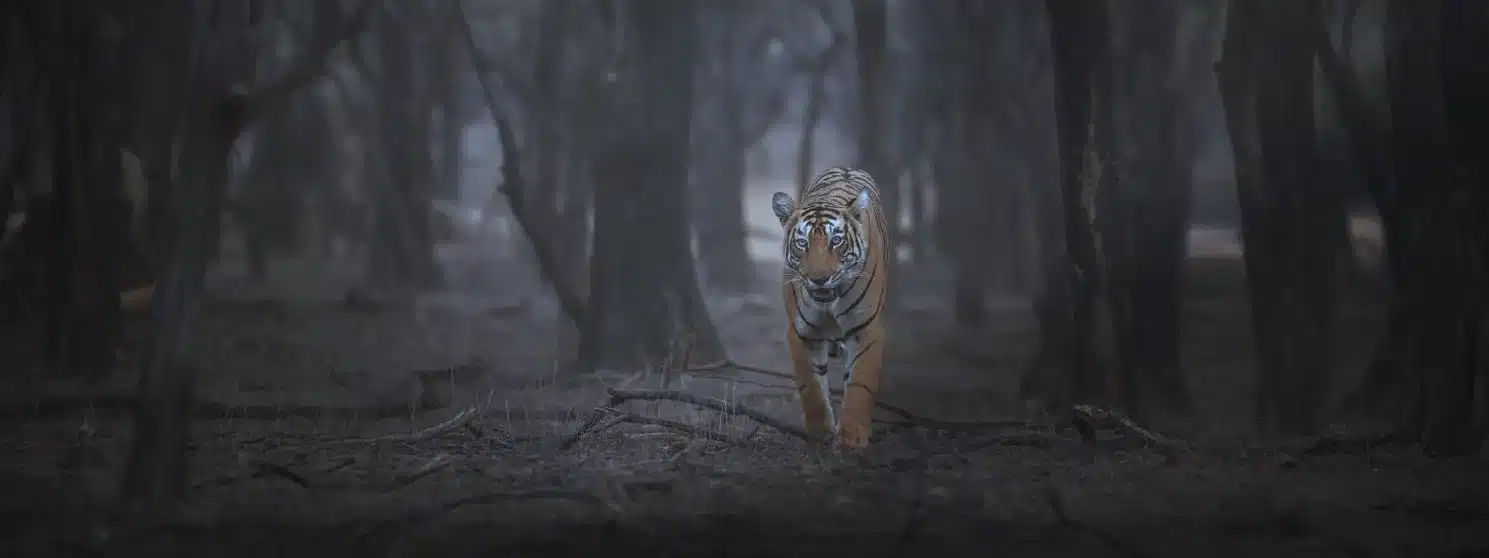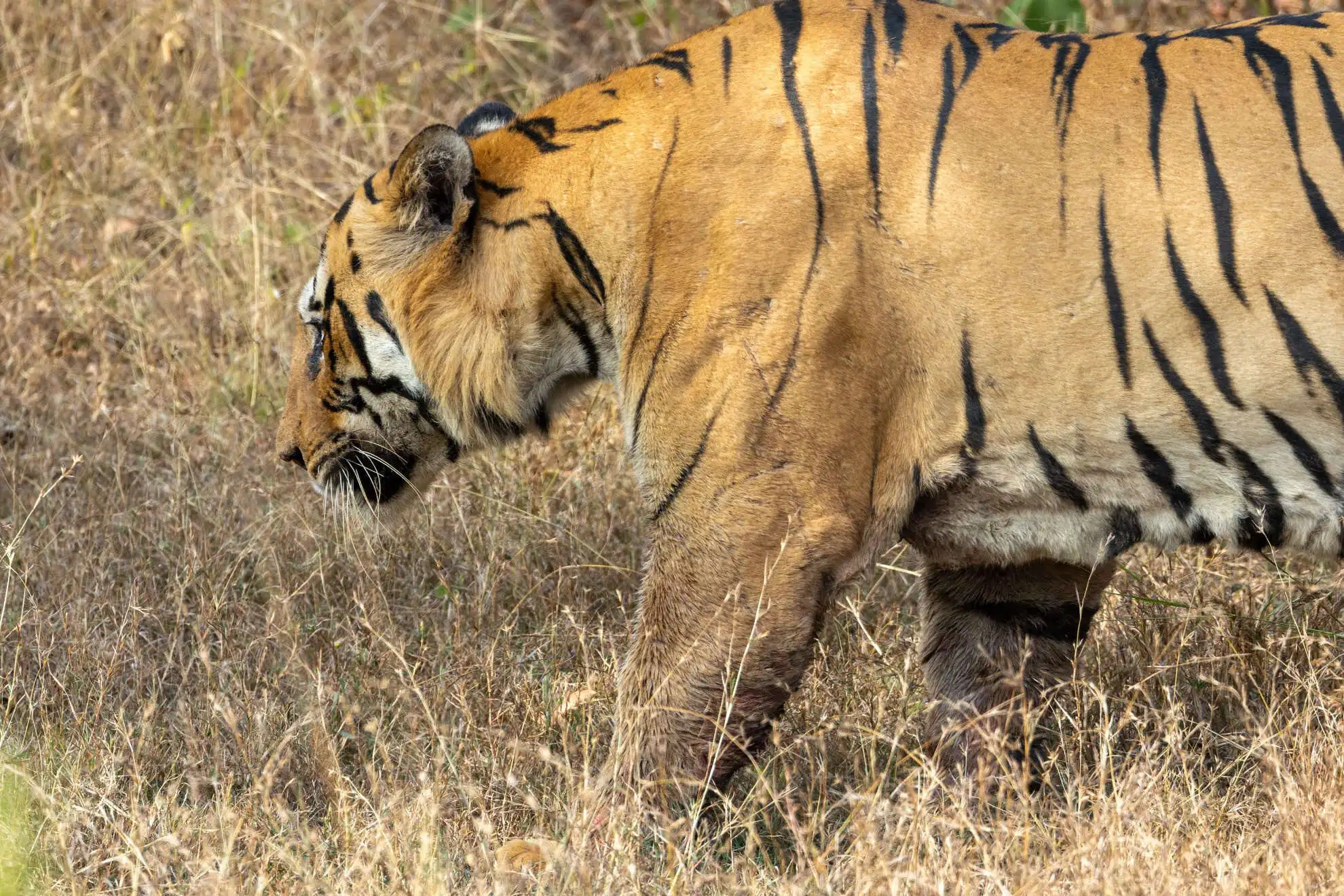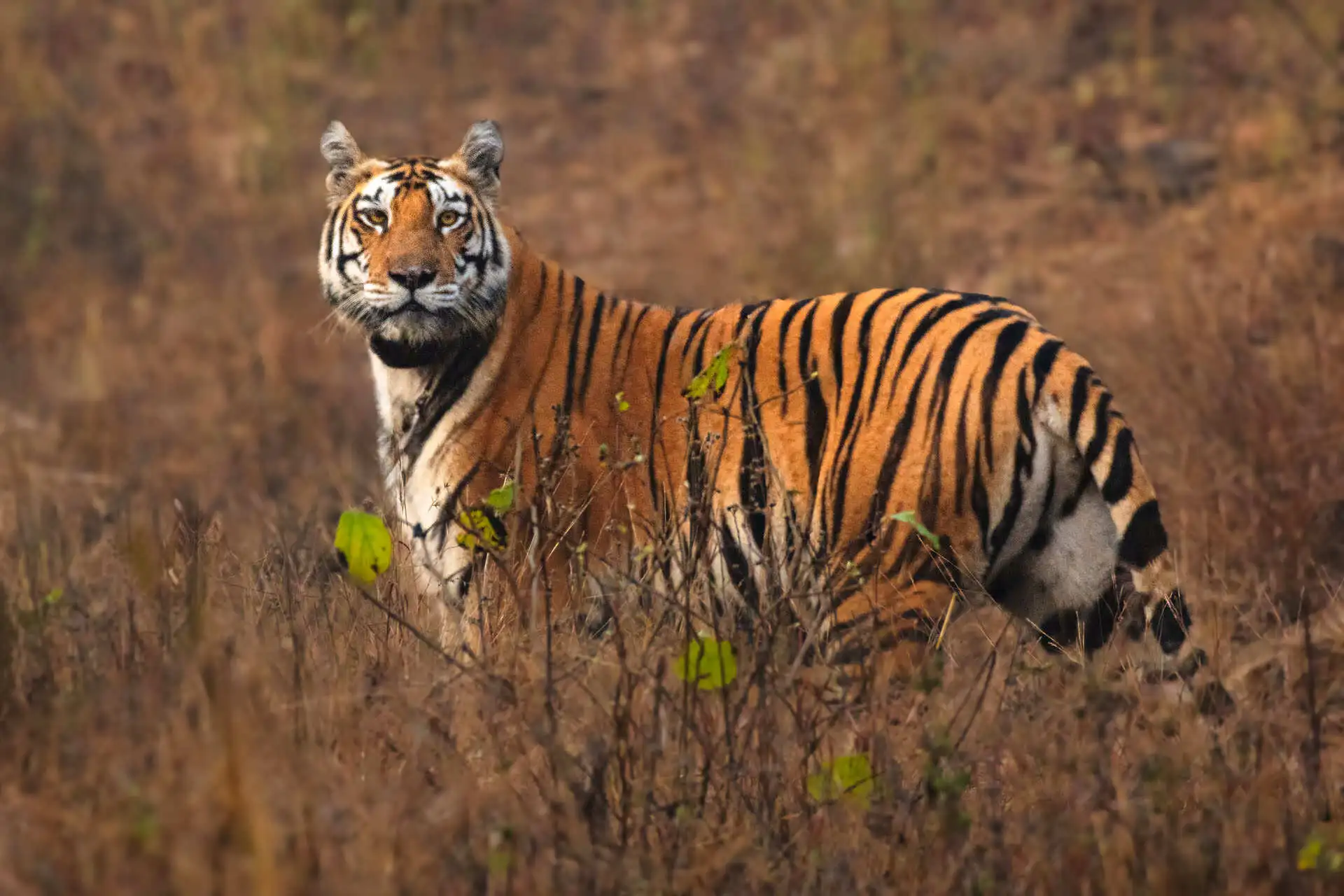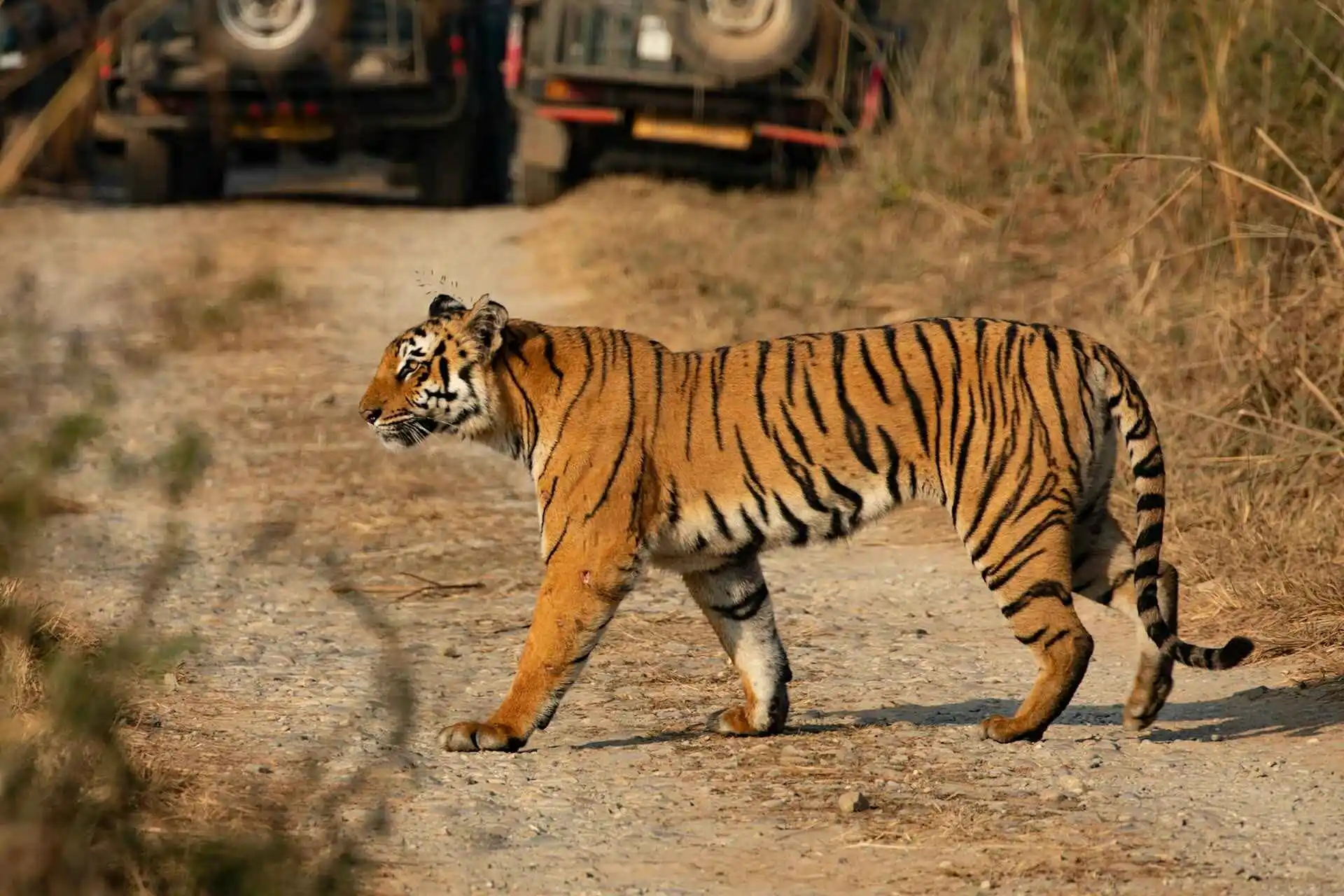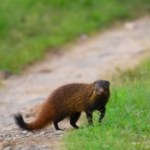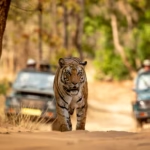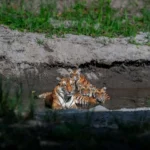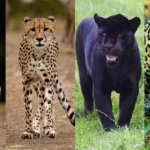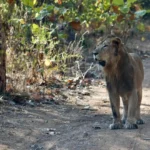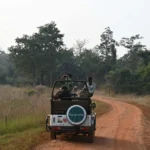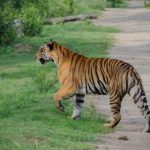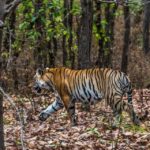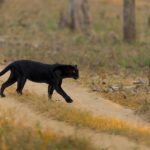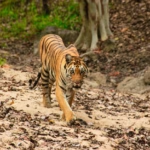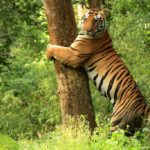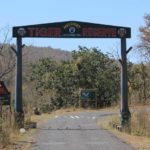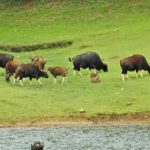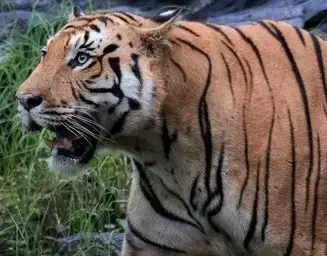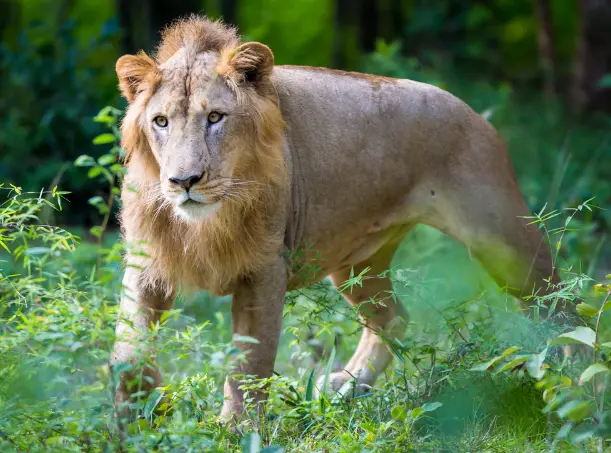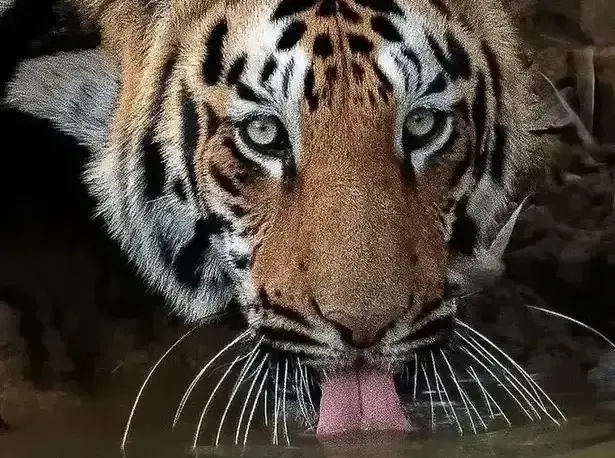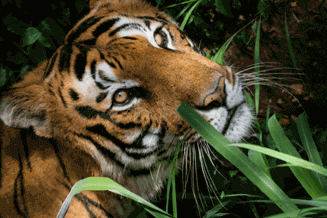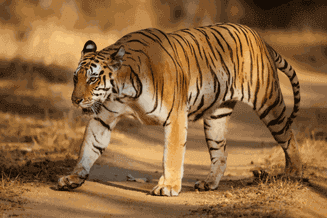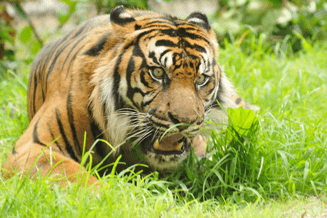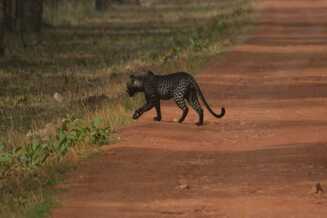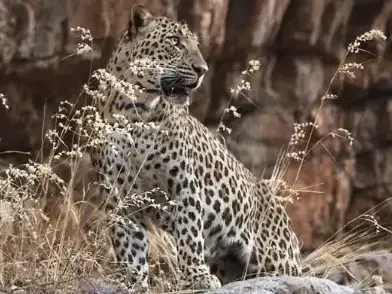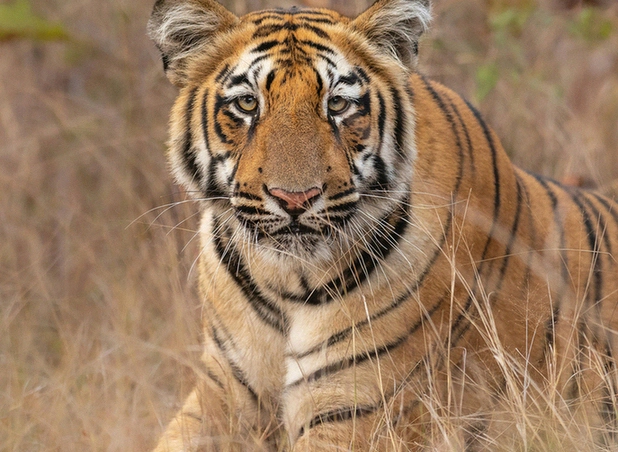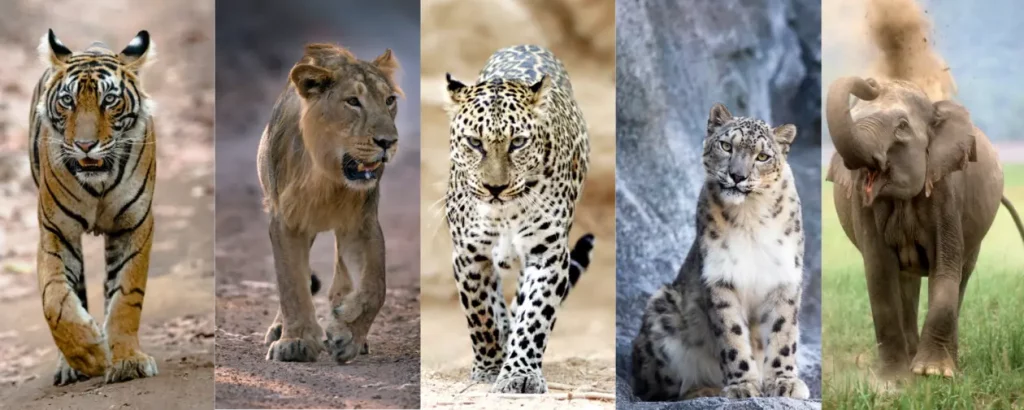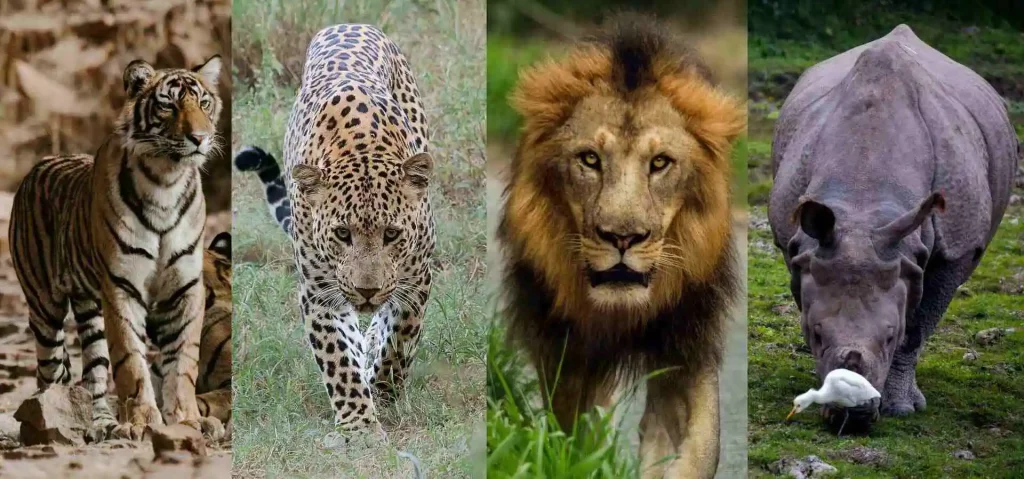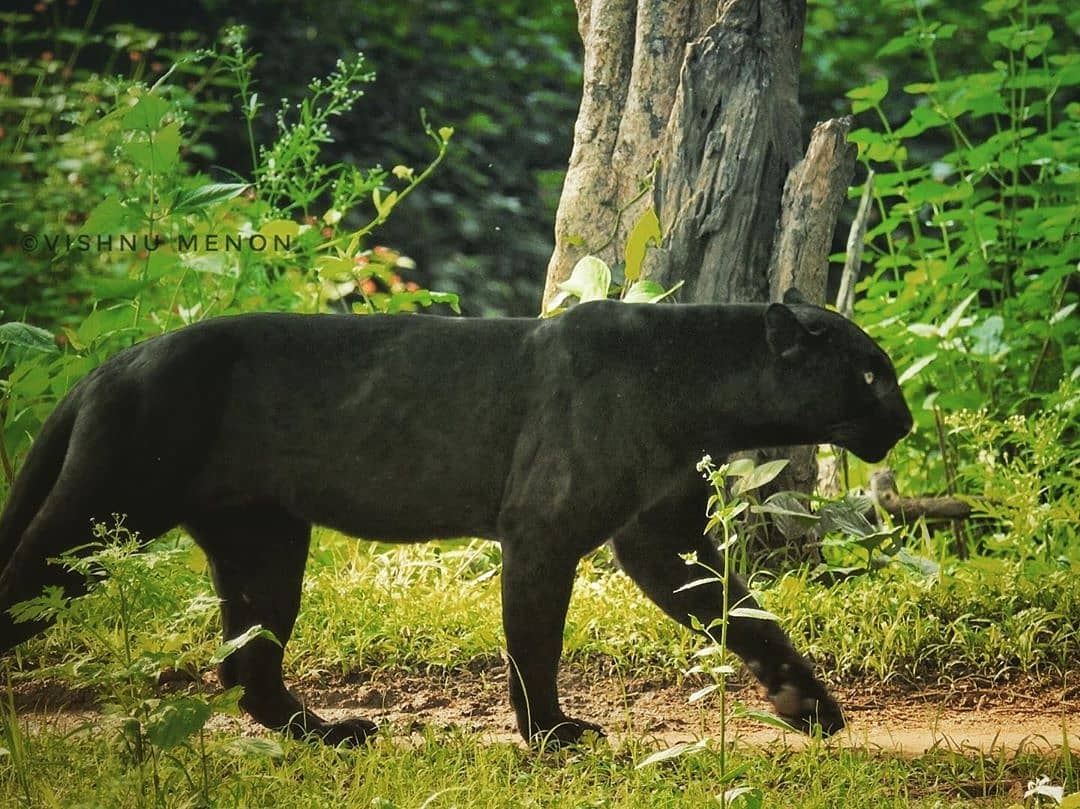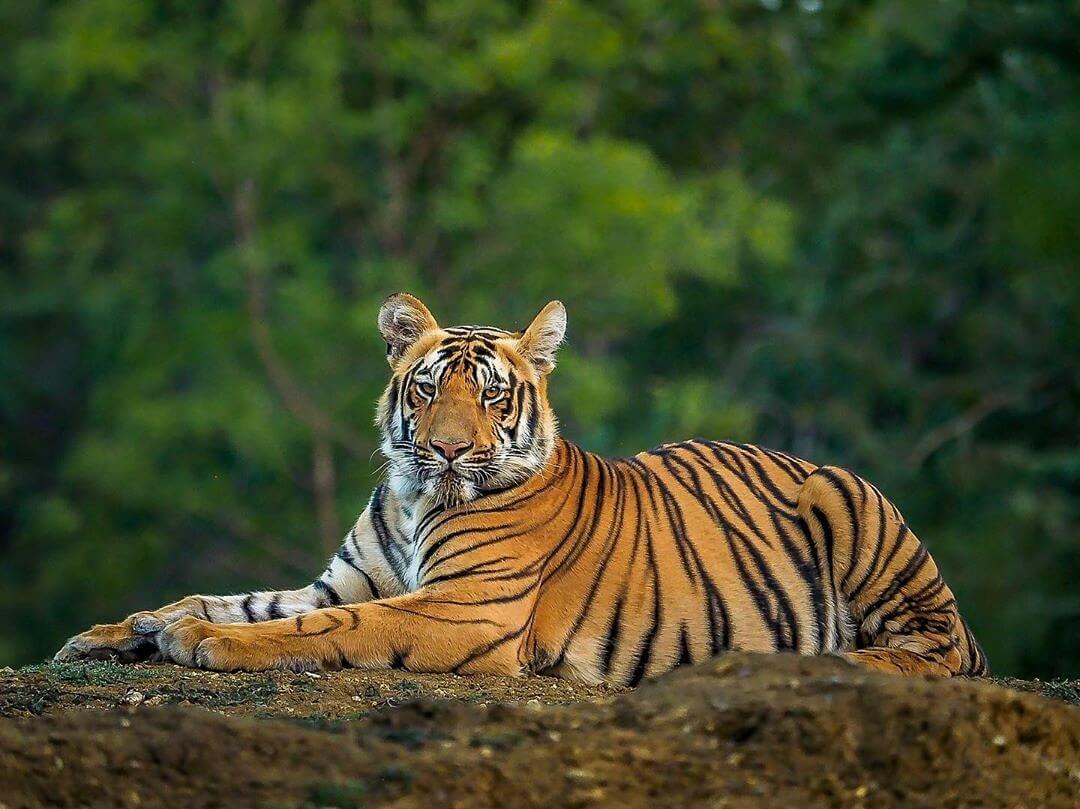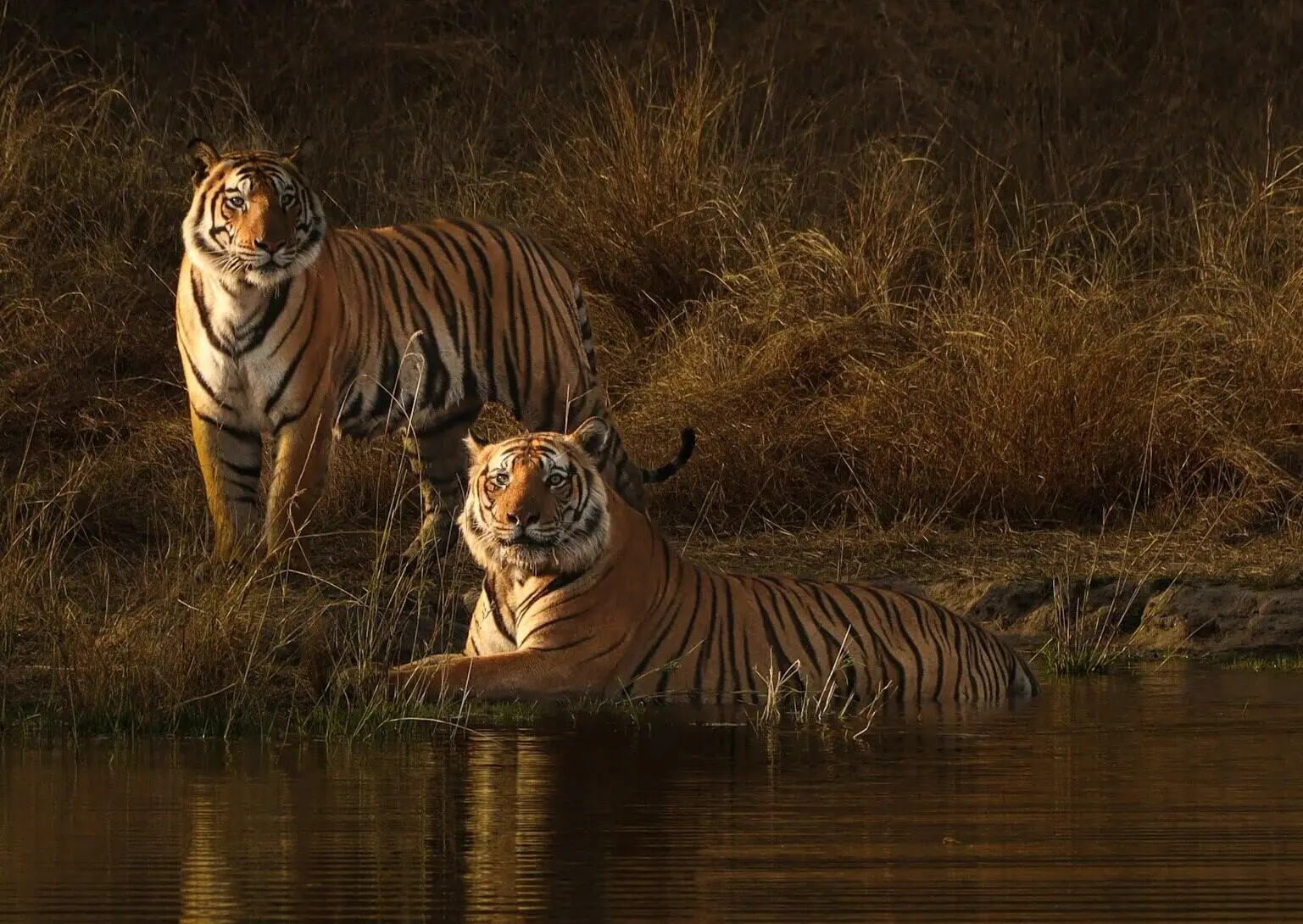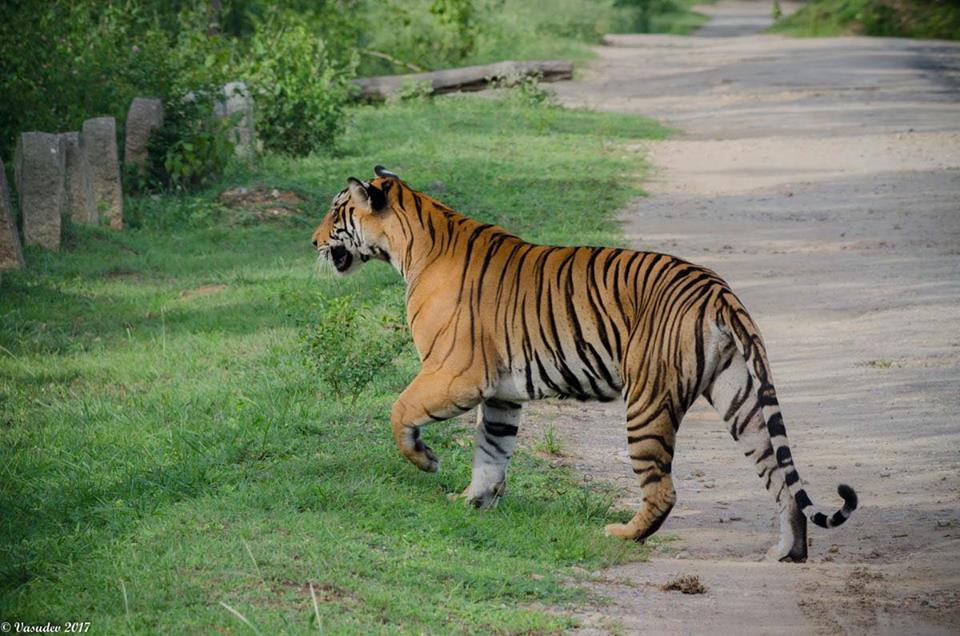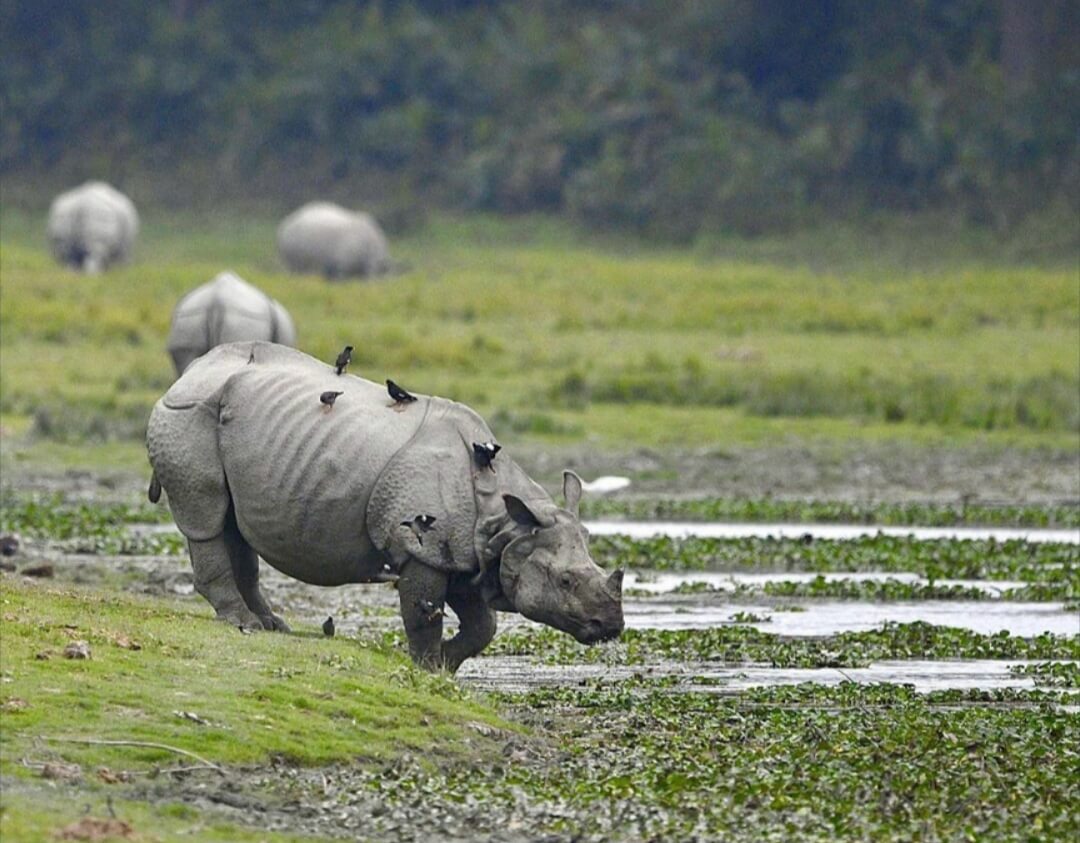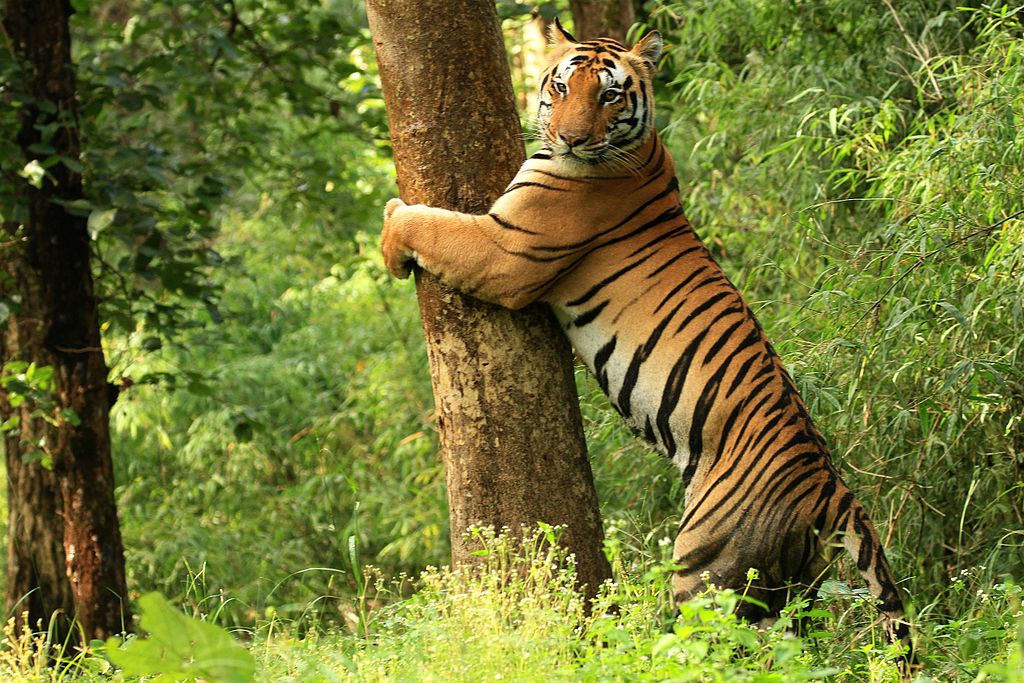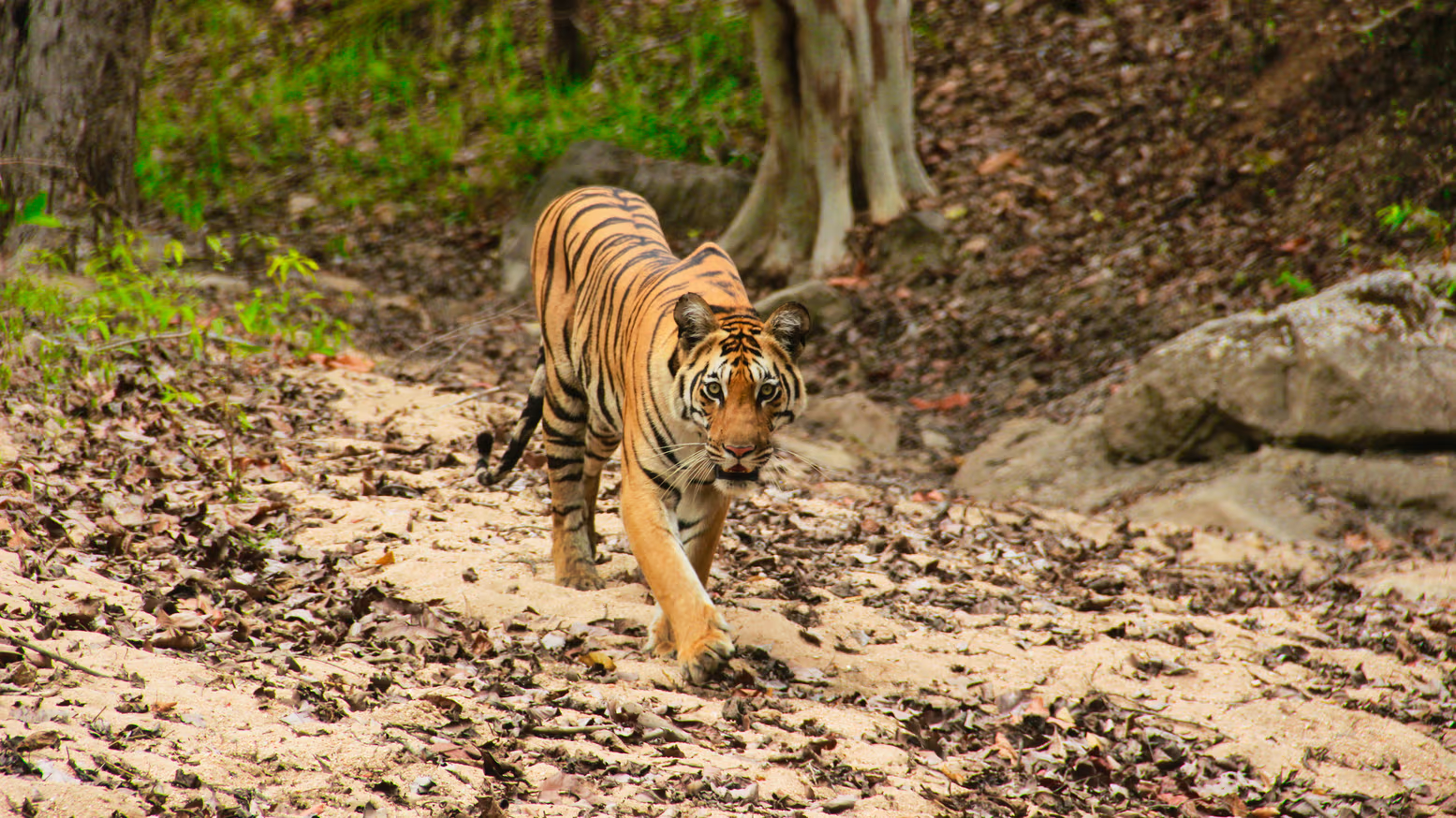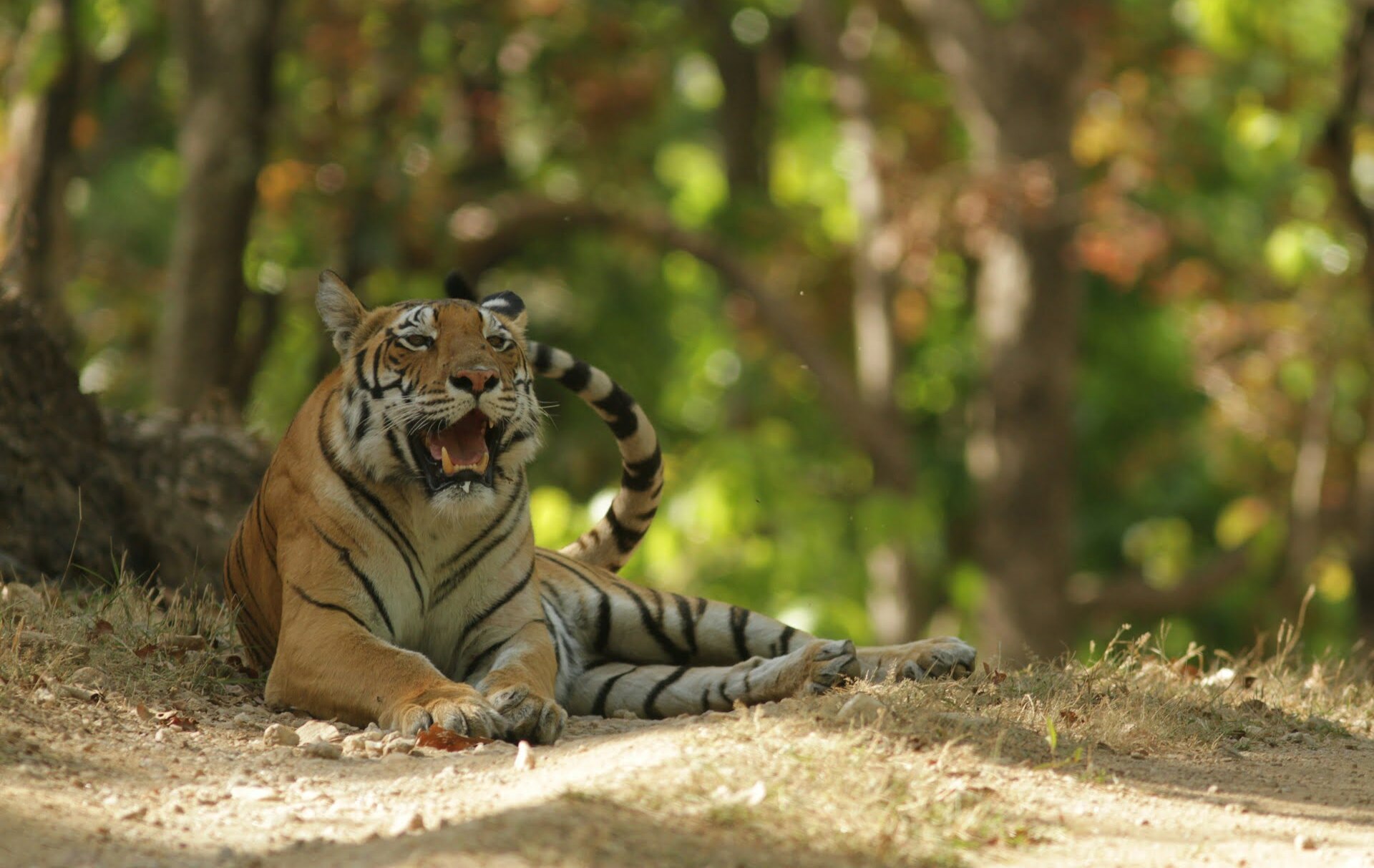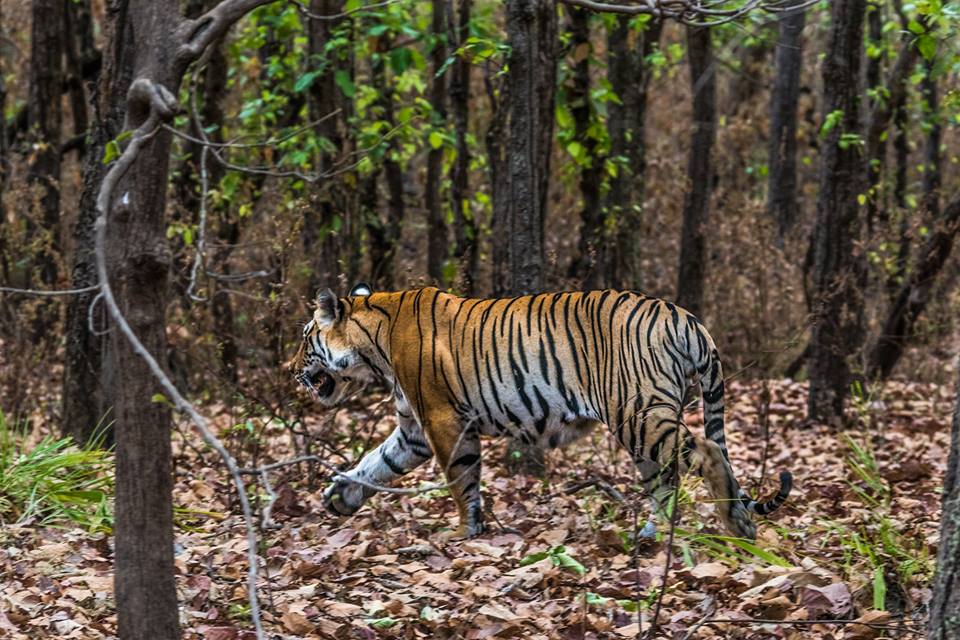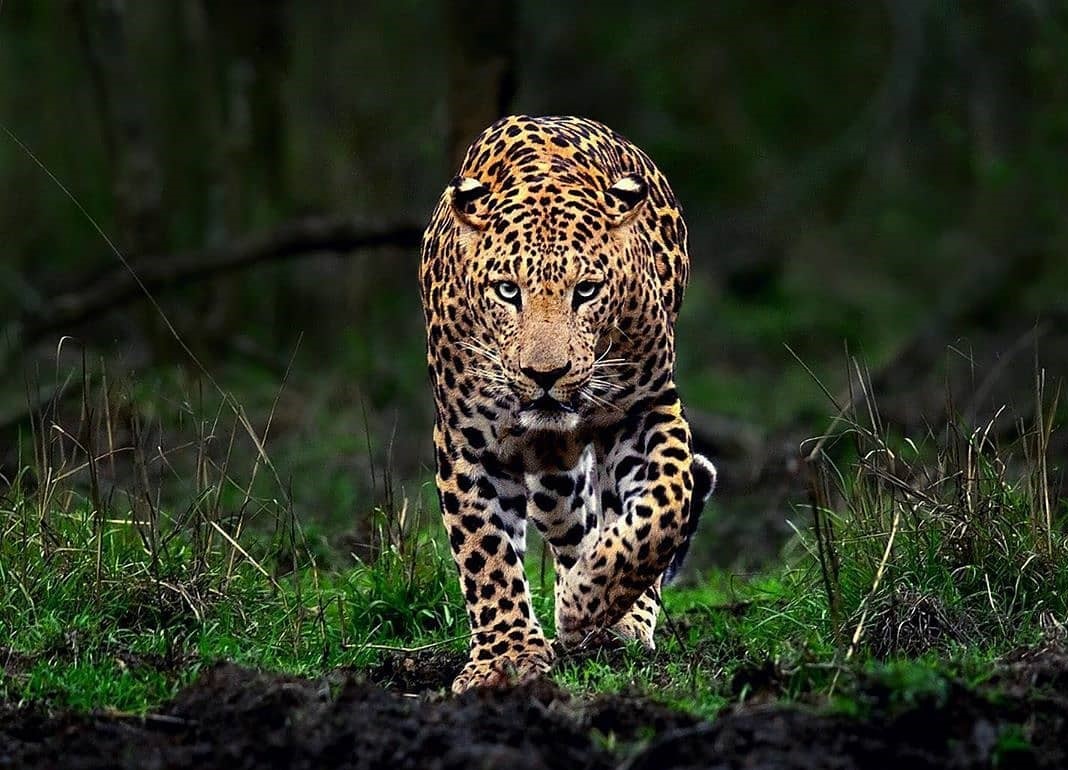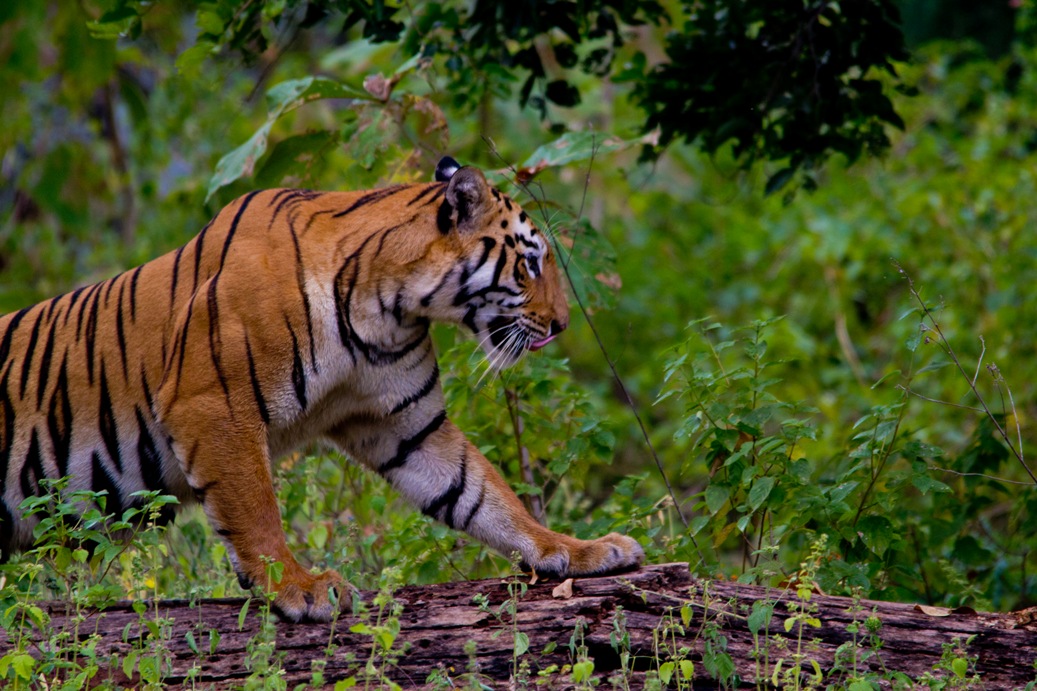A gem of the North-Eastern state of Assam, the Manas National Park sits snuggled in the Himalayan foothills. It is also known as Manas Wildlife Sanctuary, Manas Tiger Reserve, Manas Biosphere Reserve and Manas Elephant Reserve. The reason this Park serves as a government recognized protection zone for so many diverse species is that its geographical, ecological and environmental attributes make it most suitable for the purpose.
The Park located in the Eastern Himalayas of Western Assam. It surrounds five districts of the state, namely: Chirang, Darrand, Kokrajhar, Udalguri and Baska. It is separated into three different ranges that are known as Bansbari, Panbari and Bhuiapara. Bansbari is the central range while Panbari and Bhuiapara are the Western and Eastern ranges respectively. It is 950 sq. km wide and stands at around 61-110 meters above mean sea level.
UNESCO recognises Manas Park as a Natural World Heritage (in danger) Site. It is very popular for the rare and endangered endemic species found here. Such as the Assam Roofed Turtle, Hispid Hare, Golden Langur, Pygmy Hog. The place hosts an unusually large number of Wild Water Buffaloes and is globally well known for it.
The Park is named after the Manas River that passes through the heart of it. River Manas is a major tributary of Brahmaputra and named after the local serpent goddess.
History – Manas National Park
360 sq. km of today’s Manas National Park has declared a sanctuary back in 1928. Prior to this, these forested horizons were called as Manas Reserve Forest and Kamrup Reserve Forest. These forests were hunting grounds for the Cooch Behar Royal Family and Raja of Gauripur. The area of the sanctuary was extended to 391 sq. km by 1955.
Manas became a UNESCO World Natural Heritage Site in December 1985. In 1990, Kahitama Reserve Forest, Kokilabari Reserve Forest and Panbari Reserve Forest were added to the pre-existing 391 sq. km to make up the Manas National Park. However, the announcement was clearly not enough to stop or even deter the poachers. Heavy poaching activity continued in Manas National Park.
Two years later, UNESCO declared it a World Heritage Site in Danger. That was in 1992. In 2011 the status was lifted. In the two decades that lie between 1992 and 2011, extensive conservation efforts and stringent actions to eliminate poaching were undertaken. The sincere efforts paid off and the Park administration received much appreciation from UNESCO for their preservation efforts.
Flora and Fauna – Manas National Park
Flora: Manas National Park is one of the richest biodiversity areas in the world due to the combination of Brahmaputra Valley semi-evergreen forests and Himalayan subtropical broadleaf forests. The Himalayan Bhabhar Terai formation and Riverine succession have given rise to this unique mix. 543 plant species are rooted and growing in the central Bansbari zone itself. Of these, 374 species are dicotyledons (including 89 trees), 139 species monocotyledons and 30 are Pteridophytes and Gymnosperms.
Fauna: Manas Wildlife Sanctuary is known to have recorded 55 species of mammals, 50 of reptiles and 3 varieties of amphibians in its denizens’ list. Out of these, 21 mammal species belong to India’s Schedule I while 31 others are facing severe threats to existence. You can spot Sloth Bears, Barking Deer, Asian Golden Cats, Indian Elephants, Indian Rhinoceros, Asian Water Buffaloes, Black Panthers and several others here.
Avifauna: Manas is home to more than 450 bird species. Some of the most frequently spotted varieties are – great hornbills, bulbuls, brahminy ducks (The ruddy shelduck), fishing eagles, falcons etc. Manas has the largest ever population of the endangered Bengal Florican.
Safari Details at Manas National Park
October to April is the best time to tour around in Manas and soak in its enchanting beauty. Safari services available here make the trip worthwhile as you get a sneak peek into the undisturbed world of these jungle denizens.
You can avail Elephant Safari and Jeep Safari in Manas National Park. The ride on Elephant’s back is available only in the Bansbari range and is an incredibly fun experience. The Jeep Safari lets you view the Wild World from within your safety spot. It is most popular among the tourists. You can avail Jeep Safaris from sunrise to sunset. However, no evening or night safari is permitted in Manas.
Reaching Manas National Park
By Air: Guwahati Airport is closest to Manas National Park. Manas is a 5 hours drive away from here. You can easily find connecting flights to all major Indian cities including New Delhi, Kolkata, Mumbai, Chennai, Goa, Bangalore. Jet Airways and Indian Airlines provide their aviation services to-and-from Guwahati.
By Rail: Barapeta Road is the nearest railhead. From here, you can easily avail taxi service to cover the 32 km distance to Manas.
By Road: Guwahati is the nearest town to approach by road since its only 176 km from Manas. The NH 31 serves as connecting link between the Barapeta Road and Bansbari range. This journey is about 22 km long. You can also take one of the following road routes to get to Manas Wildlife Sanctuary:
- Siliguri to Musa
- Bagdogra to Musa
- Kaziranga to Musa

